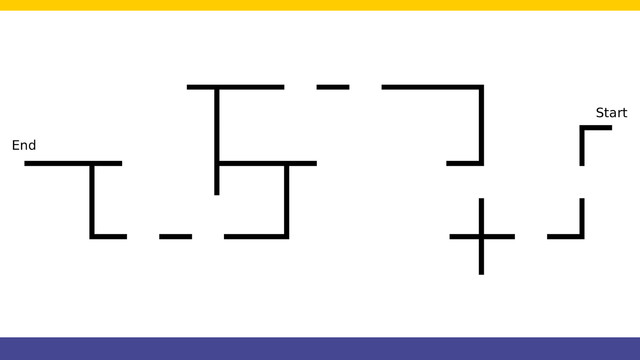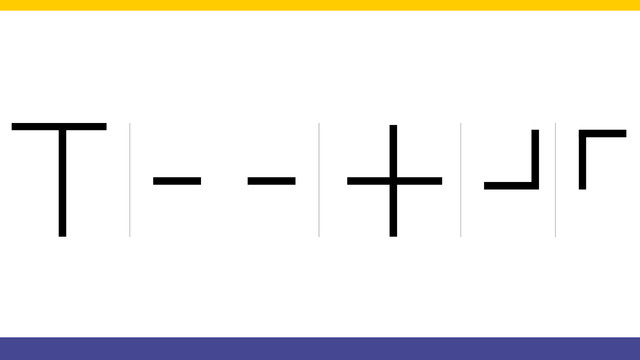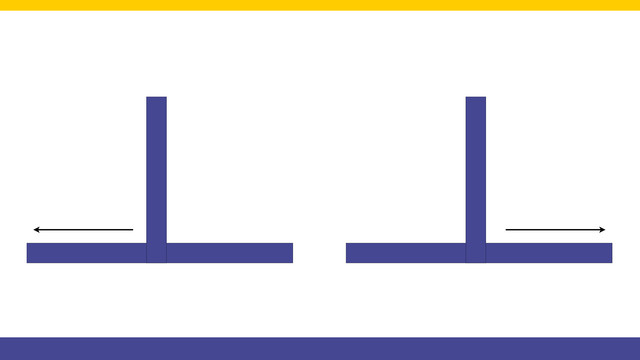
Robot Design Ideas for Chassis with Mindstorms EV3. Base 2
The second construction of the series along with a comparison with the first construction. The new robot requires more parts, but has a few more advantages.
- #184
- 31 Jan 2016

The second construction of the series along with a comparison with the first construction. The new robot requires more parts, but has a few more advantages.


The third robot has the brick and motors placed vertically. This is quite unusual and difficult, but the construction is very powerful because it saves space.


Probably the robot I like the most from this series of five robots. See the video to understand why and what is interesting and special about this robot.


The last fifth construction is larger compared to the previous constructions. It is wider. It has four sensors and you can take a larger load all by keeping the robot stable.

We start a course for following a line with crosses and gaps. This is a challenge that one of the users at FLLCasts.com was trying to accomplish and asked us for advice. We present the whole challenge to you step-by-step. But first, let's also see the whole run of the line following algorithm. With this course, we also do an introduction of using State Machine as a programming pattern.

Looking at the field we must first think of a strategy of solving this line following problem. There are rules that the robot must follow and these rules should be programmed in the robot.


We list the number of decisions that the robot is making while following the line. Then, we group them and decide on the number of sensors to be used.


We follow a line. We start from the Smooth Proportional Line Following program and modify it a little for this program. We follow the line with the middle sensor attached on port 2.


It's inevitable. While following this gapped line we would reach a gap. The robot must somehow understand that there is a gap and must make a decision on what to do. For detecting the gap we use the Rotation Sensor. Not the most popular, but very convenient in many cases. Check out the video.


We've detected the gap. It's time to move over it. This is difficult because we have to detect where the line is after the 0.1 meters gap on the line following field.


Next important state is Turn Right with our robot. This happens when we detect a line on the right.


Next state in our state machine programming pattern is the "Turn Left" state and the corresponding behaviour.


We can Turn Right. We can Turn Left. How do we decide which way to go if there are lines both to the left and to the right. Check out the video.


All worked as expected, up until know because the robot got lost. This happens when we turn right and the line does not continue to the right. Now the robot must somehow understand that it is "lost" and escape.


We discuss the state of "Lost" and the different ways we could escape this state. We also build the next step of our State machine programming pattern where the next state is determined by the previous state.